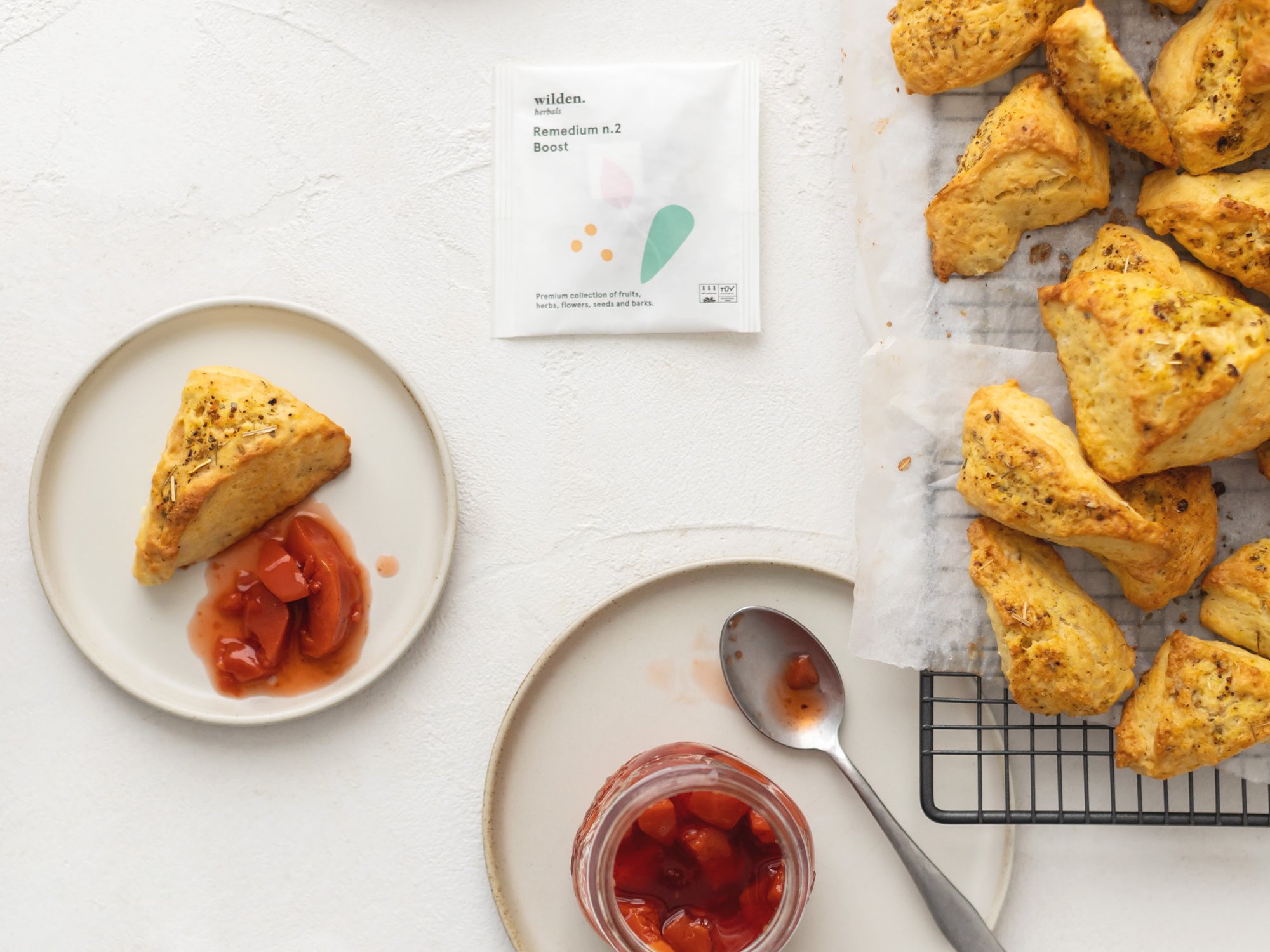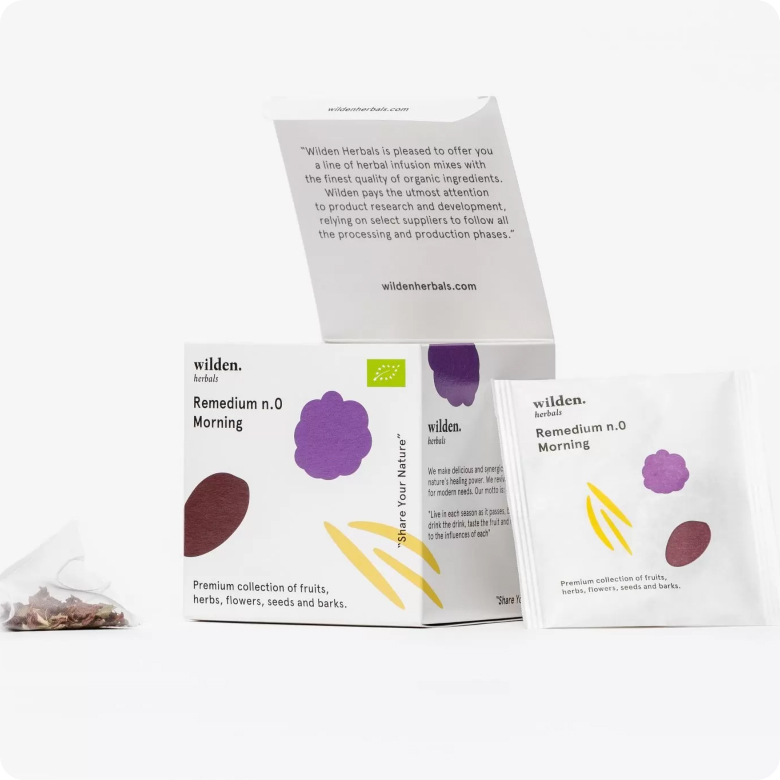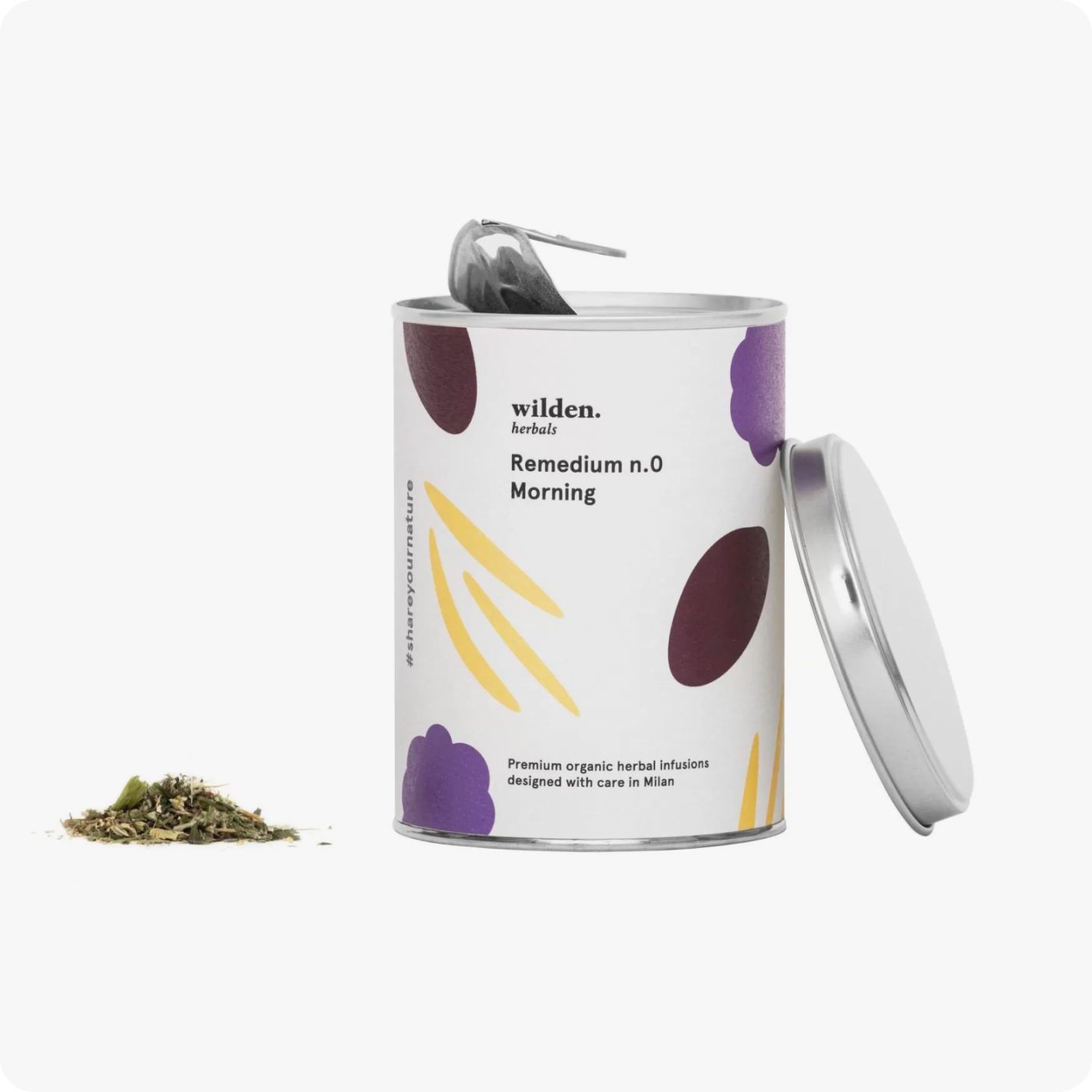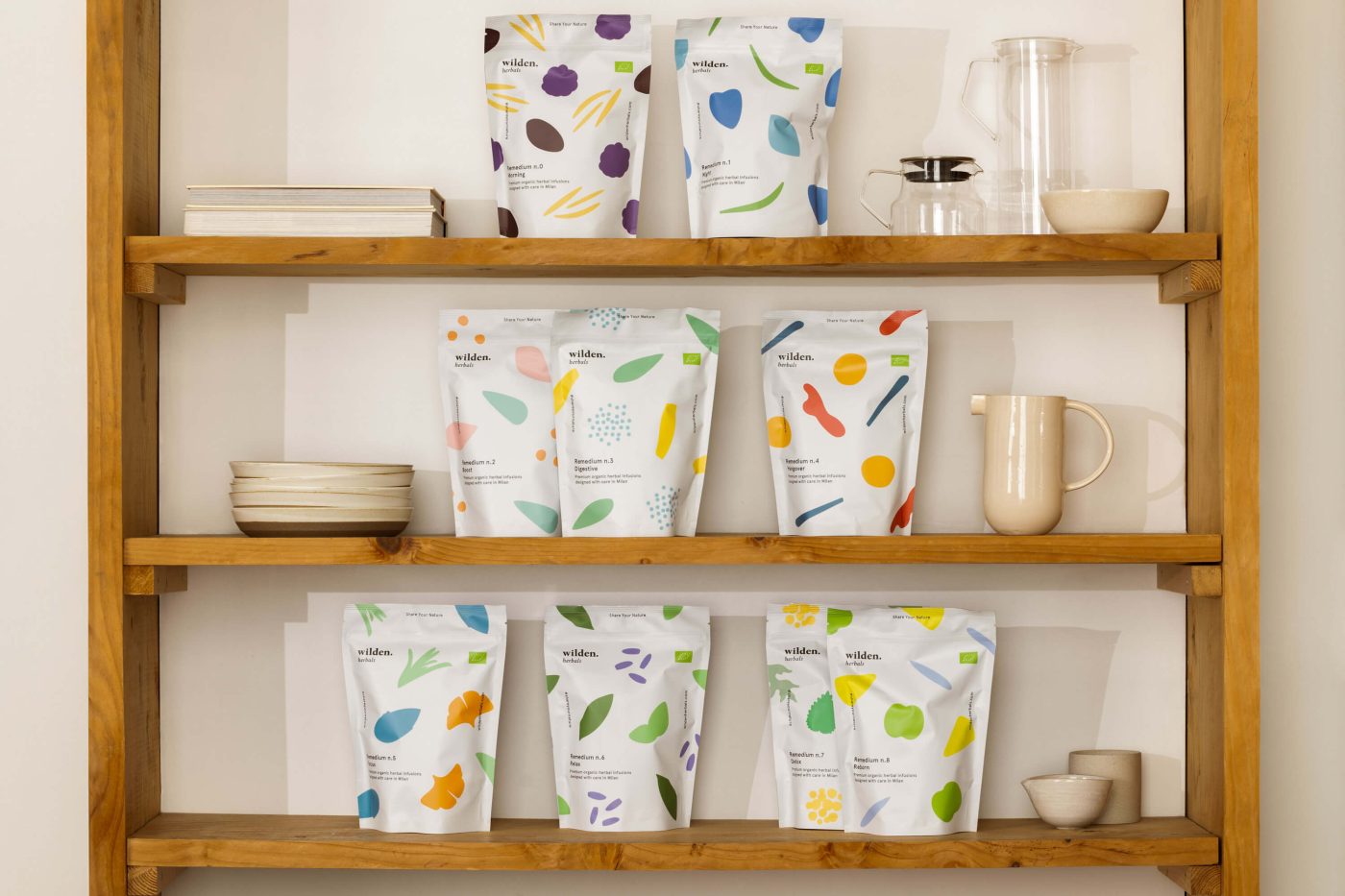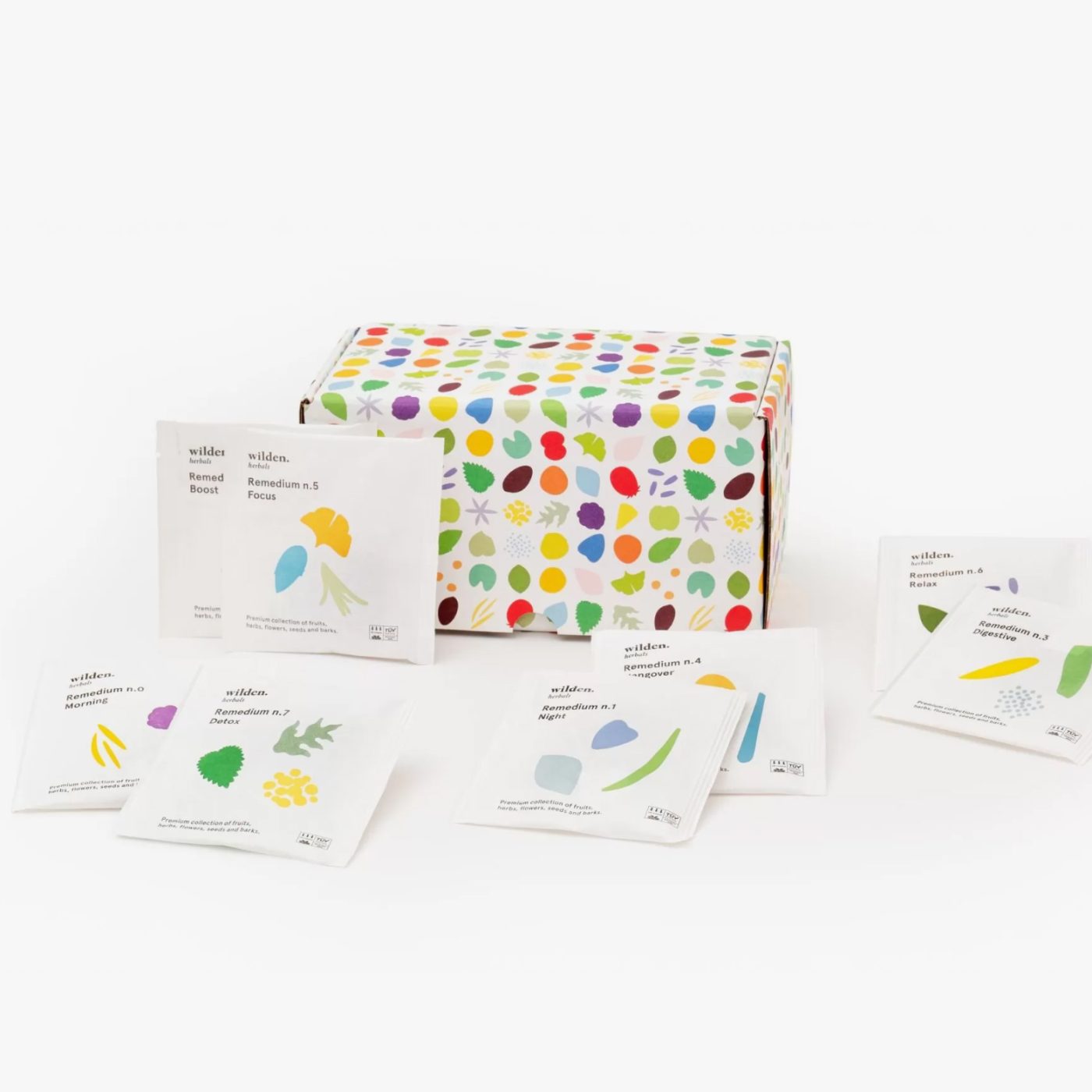Wilden’s path on the road to raw material sourcing
Where do the plants that Wilden.herbals uses in its herbal teas come from? What is the meaning of sourcing? In this article we explain all about the sourcing of Wilden.herbals' raw materials.
In this article we discuss centuries of travel, contamination and trade, our organic plants and our relationship with our suppliers.
In centuries past, medicinal plants, before the arrival of oil even more so, were an important reason for conflict, travel and trade among peoples. The discovery of new continents has meant the discovery of new species, new varieties, new adaptations.

Plants travel
That’s right: plants have always traveled, especially dry, that is, in herbal tea cuts and powders.
The use of a plant within a given culinary preparation often determines its geographic identity. Take sesame: in the southern Mediterranean or turmeric and coriander in India. These identities are the result of centuries of contamination, evolution, trade, and agricultural experiments. Plants, then, are the basis of medicine and thus the pursuit of health.

Juniper 
Cardamom 
Lime tree
Indeed, it is no coincidence that the dish most consumed by the British is curry rice or that Milan, the birthplace of Wilden.herbals, has one of the highest concentrations of saffron consumption worldwide. Spices enliven cultures and migrate with peoples.
And where do the plants that make up Wilden.herbals’ herbal teas come from?
Wilden.herbals organic herbal tea plants.
When we started Wilden, the most difficult work, which has never ended since, is to search for the best possible medicinal plants in organic herbal tea cuts.
We are young, small, and the quantities of plants we process do not allow us to buy plants outside the European community, but we are working on it. In fact, by choice, we have decided to buy plants that are not only certified organic but whose chemical analysis of residues we can have and ensure their perfect organoleptic healthiness.
Medicinal plants, in Europe, have among their main consumers the populations of Germany and England; therefore, even the best quality of medicinal plants produced in Italy often have those countries as their destination.

The suppliers of plants and spices
Step by step, Wilden.herbals over the years is building strong relationships with its suppliers.
Today here’s what our geographic DNA is and where the plants that make up Wilden.herbals herbal teas come from: wild fennel, sage, rosemary, and bay leaves come from Sicily and are purchased directly from a farm.
As for mint, melissa moldavica, mallow and chamomile, however, they come from Estonia and we buy them directly from a certified farm. The cocoa comes from Equador, but it is entirely processed in Italy by the direct importer from the farm. We buy the rest of the plants from two historic importers, one in Germany-active for five generations-one in England, in rural Somerset.

We are continually working to develop new direct relationships with farmers and establish long-term pathways and synergies in order to be able to offer those who choose Wilden.herbals the best medicinal plants in herbal tea cuts, respecting biodiversity, soil fertility, agricultural labor and the social relationships that farming develops in our daily lives.
The diversity of plants and origins is a value that Wilden.herbals wants to deepen more and more, going over time to build research projects, insights, and development of products based on plants traditionally embedded in different cultures. To do this, however, it is necessary to cultivate education and awareness, an awareness that only by cultivating the diversity of tastes, flavors and cultures will it be able to open new horizons of sustainable development.
We cultivate the wild within each of us.

Ph. credits: DSL Studio

